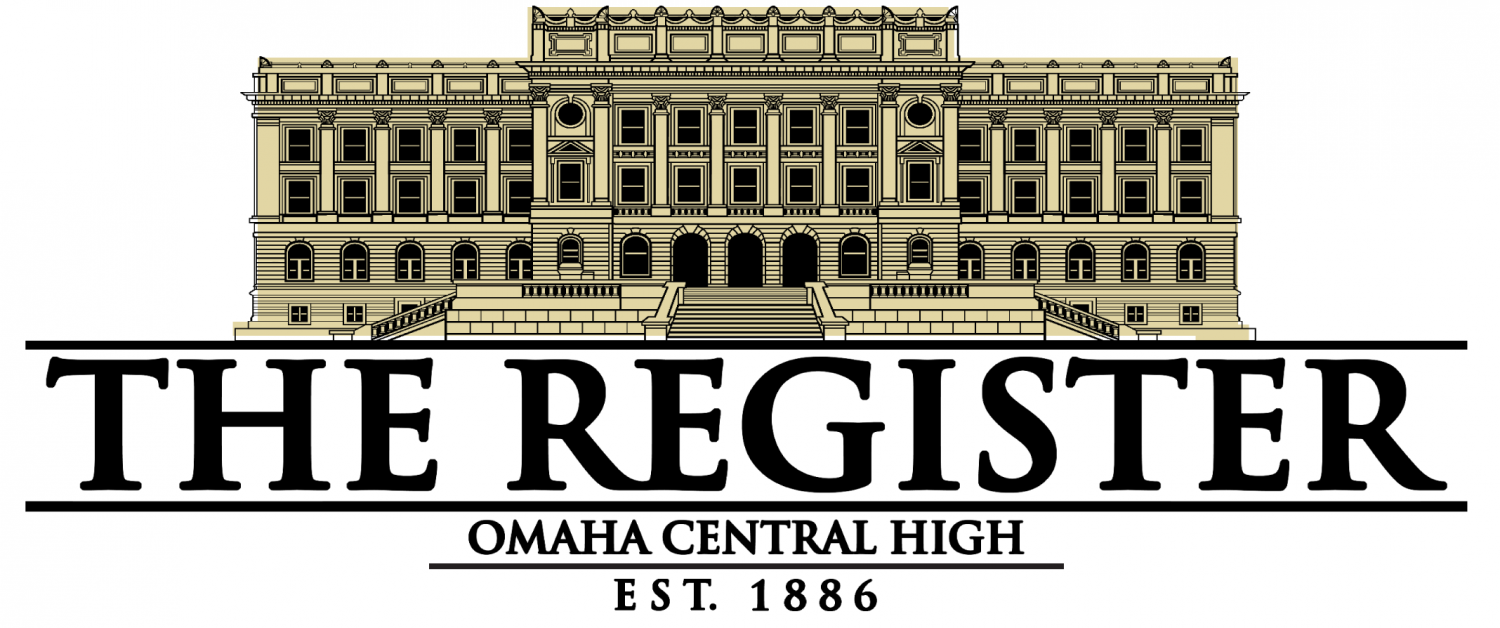Injuries can be prevented, but how they are treated evolves constantly
November 21, 2017
A snap or a pop can be a nightmarish sound for an athlete hoping to compete at a high level on his or her field of play. One injury can ruin a game or a whole season, depending on the severity. In hopes of preventing this, Central has a qualified athletic training staff that is tasked with treating and educating players and parents on how best to prepare for the risks involved in varsity sports.
One of the trainers at Central is Bryant Pasho, who has seen some recurring injuries with his athletes. While knee and ACL injuries have been more common recently, the one injury that has been seen increasingly across the board are concussions.
The concussion protocol has become increasingly more complicated with the science behind head contact, particularly in football. Legislation on the issue was passed and enacted in the Nebraska unicameral, under LB 260, more commonly referred to as the Concussion Awareness Act. It contains provisions that require information to be provided on an annual basis to students and their parents before participation in a sport.
More importantly, it lays the framework for concussion protocol, such as the steps required for a student to return to the field of play. If a student is suspected of having a concussion, they are removed from physical activity until they are seen by a licensed health care professional. That professional must give the student written permission to return to play, and then the parent or guardian of the athlete must provide written permission.
Another provision that changed the way concussions are handled are concussion management teams. Central’s concussion management team includes athletic training staff, athletic director Luke Dillon, nurse Doreen Herbert, attendance staff, SAT coordinator Jamie Miller, and other academic coaches. These teams are used to return kids to normalcy in all aspects.
“The goal is to return kids to school first,” Pasho said. “That’s why we have people like Jamie Miller involved, because he knows how [to handle the academic aspects]. It’s great to be able to hand it over to them because they can handle all of the academic stuff and then when they are ready to come back to sports, then that’s where I come back in.”
Because of this, all of the members of the concussion management team are notified, to make sure the athlete can succeed in the classroom before going back on the field. The nurse and trainers complete frequent symptom checks, to see if lingering headaches or other signs continue to be seen.
Concussion treatment and policy is always the same, no matter what sport. Because concussions are an injury that cannot be seen, training staff must follow the same protocol for all athletes, even if each case is unique. This varies greatly from other injuries, as the timelines for return are more definite. “If a kid breaks a bone, you know they are out four to six weeks,” Pasho said. “Get hit in the head, you’re out until you’re back. We just don’t know what’s going to happen.”
Once an athlete is cleared by a doctor, there still remains a transition period or “progression” of physical activity to see how an athlete reacts to different forms of physical exertion. If any symptoms linger, the training staff want them to treated before the athlete returns to play In the case of football, coaches can limit the amount of contact a player is exposed to, or set levels of progression until the athlete can return to normal play. That way, the risk of further injury is lessened. “We can be assured that we’re not putting this kid out too soon and putting them at risk for further injury,” Pasho said.
As for other injuries, Pasho recommends strength training and nutrition to his athletes, as they are vital components of preventing injuries. “In football, you’re going to get hurt. You collide with people as hard as possible,” Pasho said. “But if you’re in shape and you’re eating well before the season starts, you’re way ahead. If something does happen, you will recover much faster.”
Athletic training and medicine has changed over Pasho’s time as a trainer, particularly in how trainers are involved in every aspect of injuries. He said that those who have expertise are more involved with policy, especially at the NSAA, since they are the ones who are doing studies.
In the next ten years, technology may advance, but Pasho believes education on injuries is where athletic medicine may advance the most. “There are a lot of things we don’t know, but there are a lot of things we do know. I think we can be more on the forefront in letting parents, coaches and everyone around this about what we already know.”
